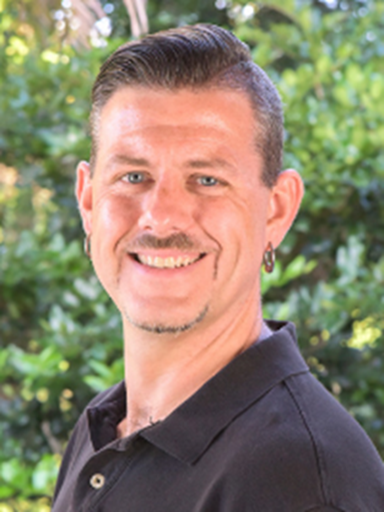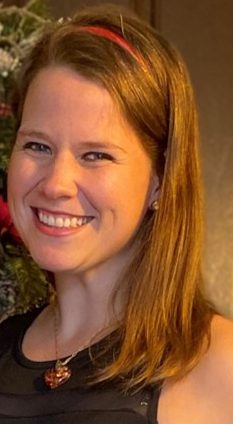The Brown Center invites you to our Faculty Spotlight on Wednesday, April 14th at 12:00 PM on Blackboard Ultra. The spotlight series is a showcase of research, creative inquiry, and other scholarly engagement of the campus community. Stop by and learn about the research of our talented Stetson community!

Dr. Sean Beckmann- Assistant Professor of Biology
Department of Biology
Identifying Reservoirs of Tick-borne Pathogens in Prairie Rodent Communities
The majority of tick-borne pathogens in the United States are harbored in rodents that act as reservoirs. These reservoirs become infected with the pathogens but never show symptoms, retaining those pathogens throughout life. When a tick feeds on a reservoir it acquires the pathogen and then can spread it to other reservoirs, or to dead-end hosts like humans and companion animals. Surprisingly, little research has focused on identifying which species serve as reservoirs, particularly in prairie ecosystems. To identify reservoirs, we sampled over 400 rodents, representing five species, from a northern Illinois between 2013 and 2018. Using PCR and DNA sequencing techniques we identified the presence of multiple human and veterinary pathogens in these rodents. Our results indicate that several species of prairie dwelling rodents likely represent reservoirs of pathogens from the genera Babesia, Bartonella, and Ehrlichia. These results suggest that greater focus should be placed on prairie ecosystems when consider the dynamics of disease transmission between ticks and either humans or companion animals.

Dr. Jean Smith- Assistant Professor of Biology
Department of Biology
Cell fusion in Yeast is Regulated by Secretion
Cell fusion is a ubiquitous process in eukaryotic organisms, fulfilling essential roles in fertilization, as well as development of muscle, vertebrate eye, and placenta. Cell fusion has also recently been implicated in cancer development and progression. However, despite the significance of cell fusion, relatively little is known about the molecular mechanisms and regulation. For two cells to fuse, they must recognize each other, come close enough for contact, degrade any intervening material between the two cells, overcome energy barriers to bring the plasma membranes close together, and finally fuse the two lipid bilayers. In the budding yeast, Saccharomyces cerevisiae, cell fusion occurs during mating to form a diploid zygote. For plasma membrane fusion to occur in yeast, the cell walls between mating pairs must first be degraded in this region, a process that is normally detrimental. For many years it has been hypothesized that cell wall hydrolases are secreted into the zone of cell fusion (ZCF) where they can degrade the cell wall. In support, active Cdc42, a GTPase with roles in secretion, cell growth, signaling, and morphogenesis, localizes to a focus at the ZCF during fusion. Additionally, during my graduate work, I determined that a secretion defective allele of Cdc42, cdc42-6, shows defects in cell fusion suggesting that Cdc42 may function to promote exocytosis of mating specific vesicles. To directly examine secretion during fusion, we tagged the potential hydrolases, SCW4 and SCW10 with a fluorogen activating peptide that only fluoresces when it is bound by a fluorogen. By using a membrane impermeable fluorogen, these proteins should only fluoresce if they are secreted into the ZCF. Today I will discuss work performed during the 2020-2021 academic year creating the DNA constructs used in this assay and preliminary evidence that shows Scw10 is secreted during fusion.
Sean Beckmann graduated from Stetson University and then completed his PhD in Biology at the University of Miami. He teaches Introductory Biology, Biostatistics, Mammalogy, Anatomy, and Physiology at Stetson. His research involves a number of students and faculty collaborators and focuses on population and community dynamics of rodents. He is interested in the effects of habitat alteration on rodent diversity, predator prey interactions, and disease ecology. His current focus is on the roles of rodents as reservoirs of arthropod-borne pathogens in the midwestern and southeastern United States.
Jean Smith is a molecular biologist whose research focuses on the genetics and cell biology of fungal cell-cell fusion. Originally a Florida native, she received her BS in Molecular and Cellular Biology from Johns Hopkins University, her PhD in Molecular Biology from Princeton University, and completed a postdoctoral fellowship at the University of North Carolina at Chapel Hill before beginning her work at Stetson in 2019.
